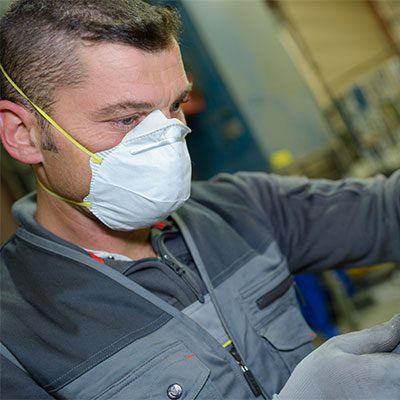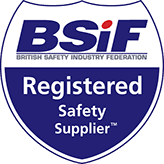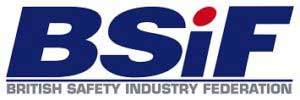Face Fit Testing Information – Frequently Asked Questions
Our face fit testing information tries to answer your questions. Please find below some of the questions that we are regularly asked, if you have a question ask us and we will be happy to answer it and add it to the list.
Do I have to be clean shaven to wear a mask?
If your face piece is tight fitting i.e. a mask which relies on forming a seal against the users face e.g. a disposable half mask respirator, a re-useable half mask, full face mask etc. then you have to be clean shaven to allow a good contact between the seal of the mask and the users face (see HSE document RR1052).
How do you conduct a face fit test?
There are 2 types of face fit testing – qualitative and quantitative. Both methods are conducted differently. The qualitative face fit test is a taste test. A strong-tasting agent is sprayed into a hood worn over the test subject’s head. This test method uses bitter solution (Bitrex) there is also a sweet solution for the small percentage of people who cannot taste Bitrex. The quantitative face fit test involves the candidate wearing a respirator of the make, model and size that they are to use in the workplace. The respirator is connected to a test machine that counts the particulate in the test room and the particulate within the respirator and calculates, from this information, a fit-factor.
How long does a face fit test certificate last?
BSIF recommend a re-test at least every 2 years. However, if the mask is being used as the primary means of protection then annual testing should be conducted.
Can I make my staff shave?
No, however if they need to wear a tight fitting mask as part of their work then they need to be clean shaven. If they choose not to shave then you cannot put them in to a hazardous environment. Therefore, they won’t be able to do their job. It is down to management to deal with this issue, but if they are not clean shaven then they cannot wear a tight fitting mask.
What if they can’t shave?
There are other forms of RPE available which do not rely on forming a seal against the users face i.e. powered hoods etc.
How do we define clean shaven?
According to HSE’s guidelines, staff members should shave within 8 hours of the shift starting.
Can I have a moustache or goatee beard?
Yes, as long as it doesn’t interfere with the seal of the mask. However you must be clean shaven in the area of the seal for us to conduct the face fit test. If you have a beard then your main option is something like a powered hood which does not require a face fit test.
What mask and filter do I need?
By law, RPE must be selected by competent people. It is the responsibility of the employer to select the right mask and filter combination – not the fit testers. We do offer RPE training which is aimed at workers and management involved in the selection, use and maintenance of respiratory protective equipment (RPE).
How often do we have to do a face fit test?
Most occupations don’t have a specified time limit before another test is required. However in line with current legislation we recommend that a face fit test is carried out when there are changes in RPE, PPE, significant weight fluctuations in staff members, facial injuries, major dental work etc. and you must consider the ageing process fit2fit recommend that fit testing should be conducted at least every 2 years.
How long does a face fit test take?
Conducted properly a face fit test should take approx. 20 minutes.
Why is your face fit train the tester course a full day?
Some training providers offer a half day train the tester course but ours is a full day, the reason for this is simple;
RPE fit testing should be conducted by a competent person. To be competent the person should have adequate knowledge, and have received adequate instruction and training in the following areas:
- selection of adequate and suitable RPE;
- examination of RPE and the ability to identify poorly maintained face pieces;
- ability to correctly fit a face piece and perform pre-use wearer-seal checks;
- ability to recognise a poorly fitting face piece;
- awareness of external factors that may affect the fit of the face piece or the fit test result;
- the purpose and applicability of fit testing; the differences between, and the appropriate use of, QNFT and QLFT methods;
- the purpose of the fit test exercises;
- preparation of face pieces for fit testing;
- how to carry out diagnostic checks on the face piece and the fit test equipment;
- capabilities and limitations of the fit test equipment;
- how to perform a correct fit test with the chosen method;
- awareness and knowledge of how to prevent and correct problems during fit testing;
- interpretation of fit test results;
- an understanding of the differences between fit factor, workplace protection factor (WPF),† assigned protection factor and nominal protection factor (NPF)‡; and HSE ACOPs and guidance that deal with fit testing of RPE.
The above is an extract from HSE document INDG 479, this is what the HSE require from a fit tester and it is simply not possible to cover all of these 16 points on a half day course.
We hope you have found our face fit testing information and resource page helpful. If you do have any further queries please contact us.










